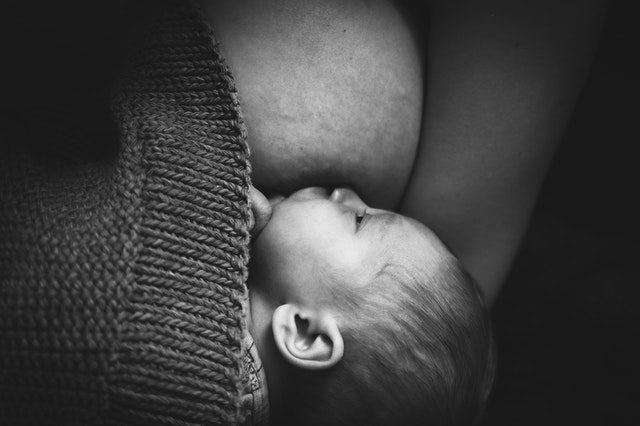Overview
A breast infection is an infection in the tissue of the breast
Commonly Associated With
Mastitis; Infection – breast tissue; Breast abscess – postpartum mastitis; Breastfeeding – mastitis
Causes
Breast infections are usually caused by common bacteria (Staphylococcus aureus) found on normal skin. The bacteria enter through a break or crack in the skin, usually on the nipple.
The infection takes place in the fatty tissue of the breast and causes swelling. This swelling pushes on the milk ducts. The result is pain and lumps in the infected breast.
Breast infections usually occur in women who are breastfeeding. Breast infections that are not related to breastfeeding might be a rare form of breast cancer.
Symptoms
Symptoms of a breast infection may include:
Breast enlargement on one side only
Breast lump
Breast pain
Fever and flu-like symptoms, including nausea and vomiting
Itching
Nipple discharge (may contain pus)
Swelling, tenderness, and warmth in breast tissue
Skin redness, most often in a wedge shape
Tender or enlarged lymph nodes in armpit on the same side
Exams & Tests
Your health care provider will perform a physical exam to rule out complications such as a swollen, pus-filled lump (abscess). Sometimes an ultrasound is done to check for an abscess.
For infections that keep returning, milk from the nipple may be cultured. In women who are not breastfeeding, tests done may include:
Breast biopsy
Breast MRI
Breast ultrasound
Mammogram
Treatment
Self-care may include applying moist heat to the infected breast tissue for 15 to 20 minutes four times a day. You may also need to take pain relievers.
Antibiotics are very effective in treating a breast infection. If you take antibiotics, you must continue to breastfeed or pump to relieve breast swelling from milk production.
In case if the abscess does not go away, needle aspiration under ultrasound guidance is done, along with antibiotics. If this method fails to respond, then incision and drainage is the treatment of choice.
Source
Courtesy of MedlinePlus from the National Library of Medicine



